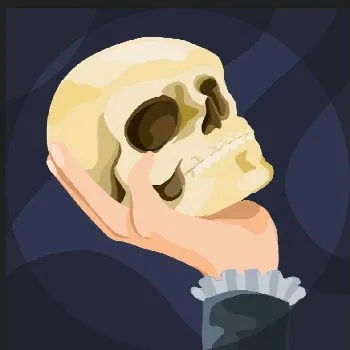Tales of Rudra
Shiva, (Sanskrit: “Auspicious One”) also spelled Śiwa or Śiva, one of the main deities of Hinduism, whom Shaivites worship as the supreme god. Among his common epithets are Shambhu (“Benign”), Shankara (“Beneficent”), Mahesha (“Great Lord”), and Mahadeva (“Great God”).
Who is father of Lord Shiva?
The nineteen avatars of Lord Shiva. This avatar of Lord Shiva was born to Sage Dadhichi and his wife, Swarcha. However, he lost his parent's son after his birth. He was raised by his aunt Dadhimati.
Many believe that God Shiva is a Sayambhu – which means He is not born from a human body. He was...
Who is father of Lord Shiva?
The nineteen avatars of Lord Shiva. This avatar of Lord Shiva was born to Sage Dadhichi and his wife, Swarcha. However, he lost his parent's son after his birth. He was raised by his aunt Dadhimati.
Many believe that God Shiva is a Sayambhu – which means He is not born from a human body. He was...




